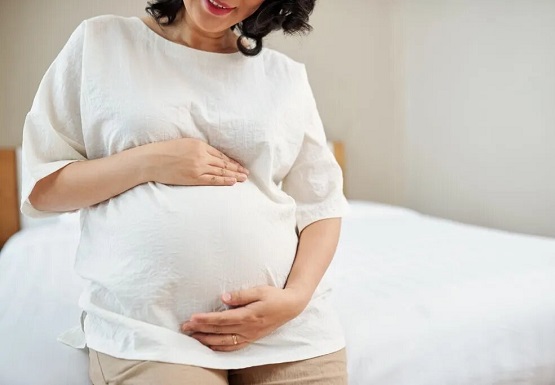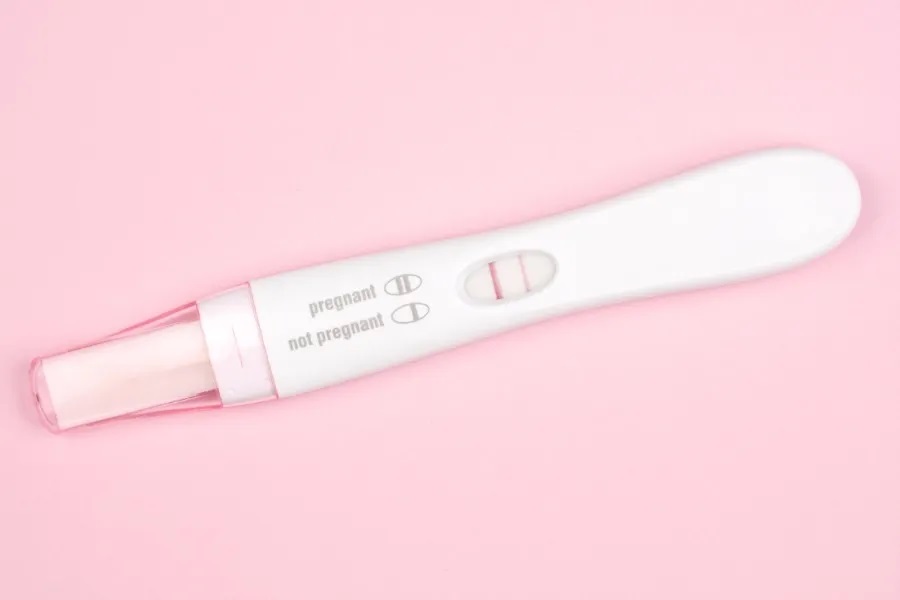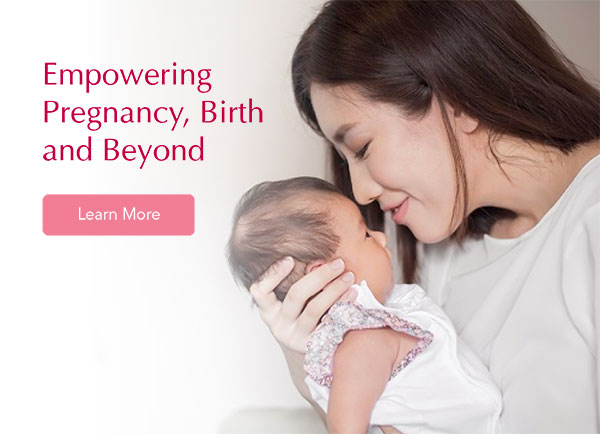The Third Trimester

As an expectant mummy, especially if this is your first baby, you may be overwhelmed and confused by the many changes that your body goes through. However, understanding these changes can help you face each new day with a sense of wonder and anticipation. An obstetrician calculates pregnancy dates from the first day of the last menstrual period and assesses progress in terms of weeks. So let’s take a virtual tour of this 40-week journey and find out what goes on with you and your baby during this adventure.
WEEK 29
BABY: Your baby’s hearing has developed further and is now able to distinguish even softer voices. Baby’s heartbeat increases when mummy’s and daddy’s voices are heard!
MUMMY: You have finally started the third trimester and look forward to seeing your baby soon! As you begin to set up the nursery, it is important to be safe when redecorating! Remember not to carry heavy things and to ensure good ventilation in the house when exposed to fumes from new paint.
WEEK 30
BABY: Your baby is putting on more fat to maintain body temperature at birth. If prematurely born at this time, there is already a very good chance of survival.
Your baby now weighs 1.5kg.
MUMMY: It is common to start feeling some tightening in the tummy. These are Braxton-Hicks contractions, which are practices by the womb to prepare for labour. They are usually irregular and reasonably painless. As the final weeks approach, these contractions may become more frequent and intense.
WEEK 31
BABY: Your baby’s movements feel different because space is running out. The legs are folded at the knees, and the arms are crossed, with the chin resting on the chest.
If not turned around yet, baby will probably make this manoeuvre this week and get into position for the big move out through the birth canal!
MUMMY: As baby increases in size and stretch is felt all around, the diaphragm also gets pushed upwards. This is felt as discomfort just below the ribs accompanied by a sensation of breathlessness.
To relieve this feeling, limit yourself to small meals to help minimise the contribution of the stretch by a filled stomach. Propping up in bed to sleep helps relieve breathlessness as this helps the diaphragm stay down and keep pressure away from the lungs.
WEEK 32
BABY: Your baby’s skin gets less wrinkly, and the lanugo and vernix start to disappear. Baby also starts to get chubbier and approaches 2kg in weight.
MUMMY: You may feel more tired now. Part of the reason for this is the weight you have gained since the start of your pregnancy and this is weighing you down a little. If you continue to exercise frequently and stay active, this can be controlled. On the other hand, sitting down excessively will result in early and severe water retention, which worsens the weight gain and tiredness.
WEEK 33
BABY: Although still premature and a little weak, your baby is now fully formed and with almost the same proportions as at birth.
MUMMY & DADDY: Less than two months to go before the big pop! It is time to think about names! You plough through all the books on names you can find. This is your first gift to your baby, a name for life, a name to be proud of!
WEEK 34
BABY: Most of baby’s organs are mature, and the lungs will follow soon. Your baby tries to breathe but there is no air, only liquid, and baby gets bouts of hiccups.
Head hair starts to grow.
Your baby now measures 43cm and weighs 2.3kg.
MUMMY: Before baby’s head is engaged, the stretch and discomfort at the ribs can be quite unbearable and sleep is disturbed by a sensation of breathlessness. This is most severe at this time.
WEEK 35
BABY: This week, the baby’s weight gain is considerable and will feel snug in your womb. Most of the protective lanugo and vernix start to disappear leaving only a minimal coat for lubrication during the birthing process.
Your baby’s lungs are mostly matured and baby now weighs 2.5kg.
MUMMY: At this stage of pregnancy, your tummy is probably most prominent. The baby’s head will soon be engaged and you will feel ‘lightened’. Breathlessness and heartburn will start to go away.
WEEK 36
BABY: Over the last trimester of your pregnancy, your baby has been taking in your antibodies and will develop some protection from what you have passed on.
The rate of growth slows down but baby is still growing and now measures 46.5cm and weighs 2.7kg.
MUMMY: As baby’s head gets engaged, your bladder will feel the pressure and you will need to frequent the bathroom more often. This situation and discomforts are similarly experienced during the first trimester when the whole womb is exerting pressure on your bladder.
WEEK 37
BABY: Baby has reached full term! The fingernails have grown to the tips of the fingers and toes. All organs are mature.
Baby now weighs 2.9kg.
MUMMY: You have made it to full term! It starts to get really exciting as you finalise your birth plans with your doctor. You are careful to note the possible ways by which labour starts and take comfort in understanding the various options for managing labour pains.
WEEK 38
BABY: Your baby’s lungs are ready to expand, reflexes are fully developed, and adipose tissues are in place under the skin for temperature control. In other words, your baby now measures 50cm, weighs about 3kg and is ready for the world.
MUMMY: Pelvic ligaments are softening resulting in a stretchy feeling in the groin area. This process prepares the pelvic bones to spread apart allowing the baby’s head to come down lower and eventually through the birth canal. This sensation makes you slightly nervous. You feel that your baby can ‘pop out’ any moment!
WEEK 39 & 40
BABY: Your baby’s growth continues to slow down as the placental reserves start to run out. As the baby’s metabolic rate slows, the amniotic fluid may relatively be diminishing.
Your baby’s wake and sleep rhythm is established and this pattern may continue in the first few weeks of life.
Your baby now measures on average 51cm and weighs 3.3kg.
MUMMY: It is a waiting game from now. You may have started your leave to relax at home and make final home arrangements to receive your baby. Do remain active and ambulate frequently. It is beneficial for labour as it avoids excessive water retention and leg swelling. It also encourages baby’s head to descend and labour to start.
The bag is packed for hospital, and all is ready. You are now on high alert for contractions that are progressively more frequent and intense, a blood stained mucus plug or show, or water bag break. It is also important to monitor and be confident that your baby is as active as before!
Good luck! You will soon begin your journey into motherhood!
Article is extracted from Mother & Child guidebook. For information on Obstetrics & Gynaecology
health care, treatment and services, please visit https://mtalvernia.sg/specialties/women-obstetrics-gynaecology/.
To read more on the first trimester, click here.
To read more on the second trimester, click here.



